Azalea Residential Historic District
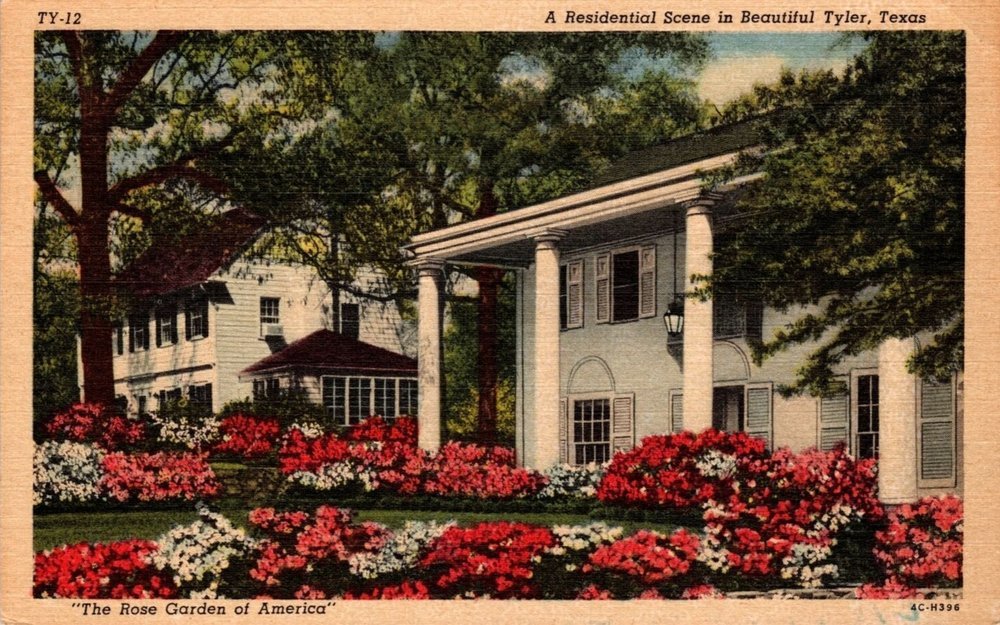
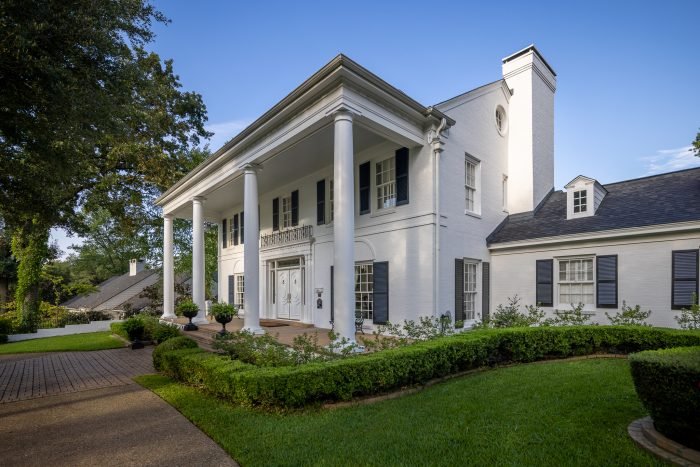
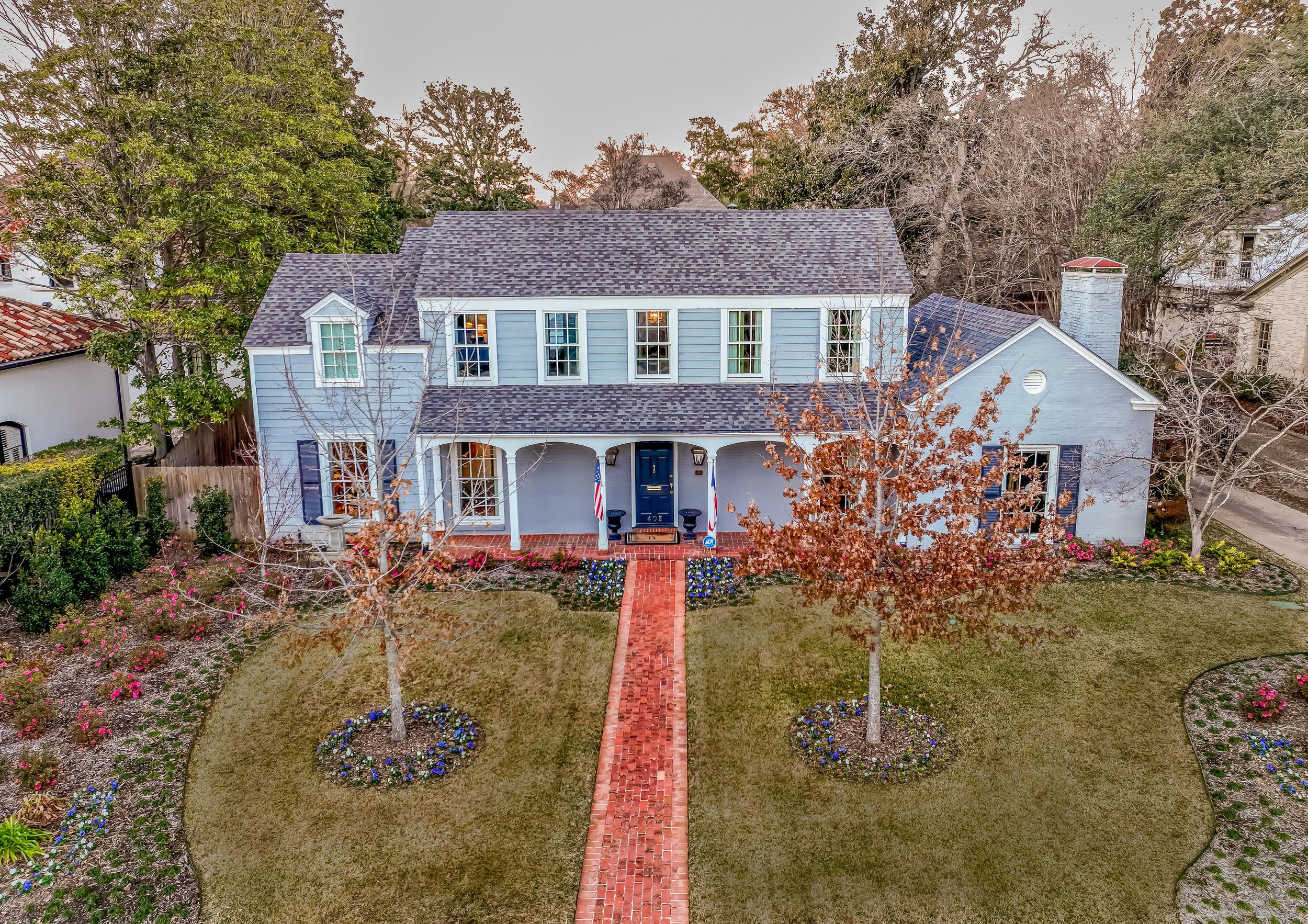
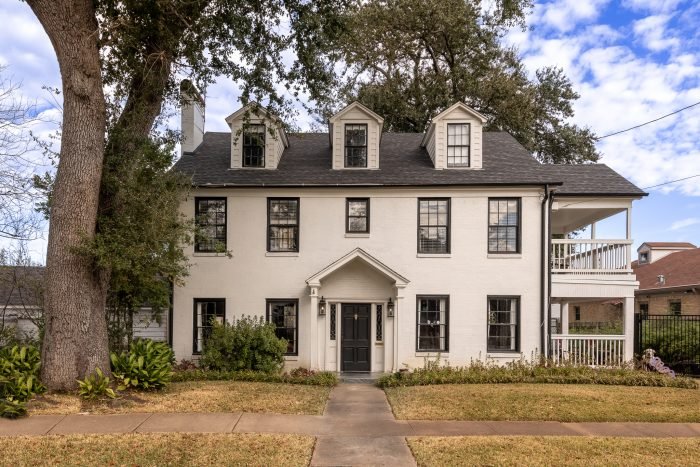
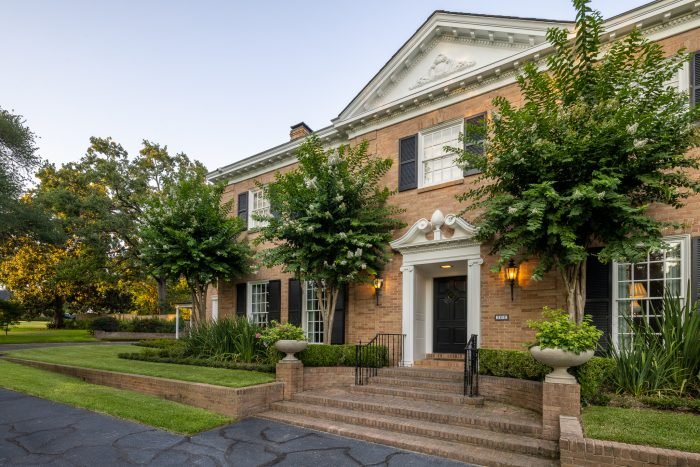
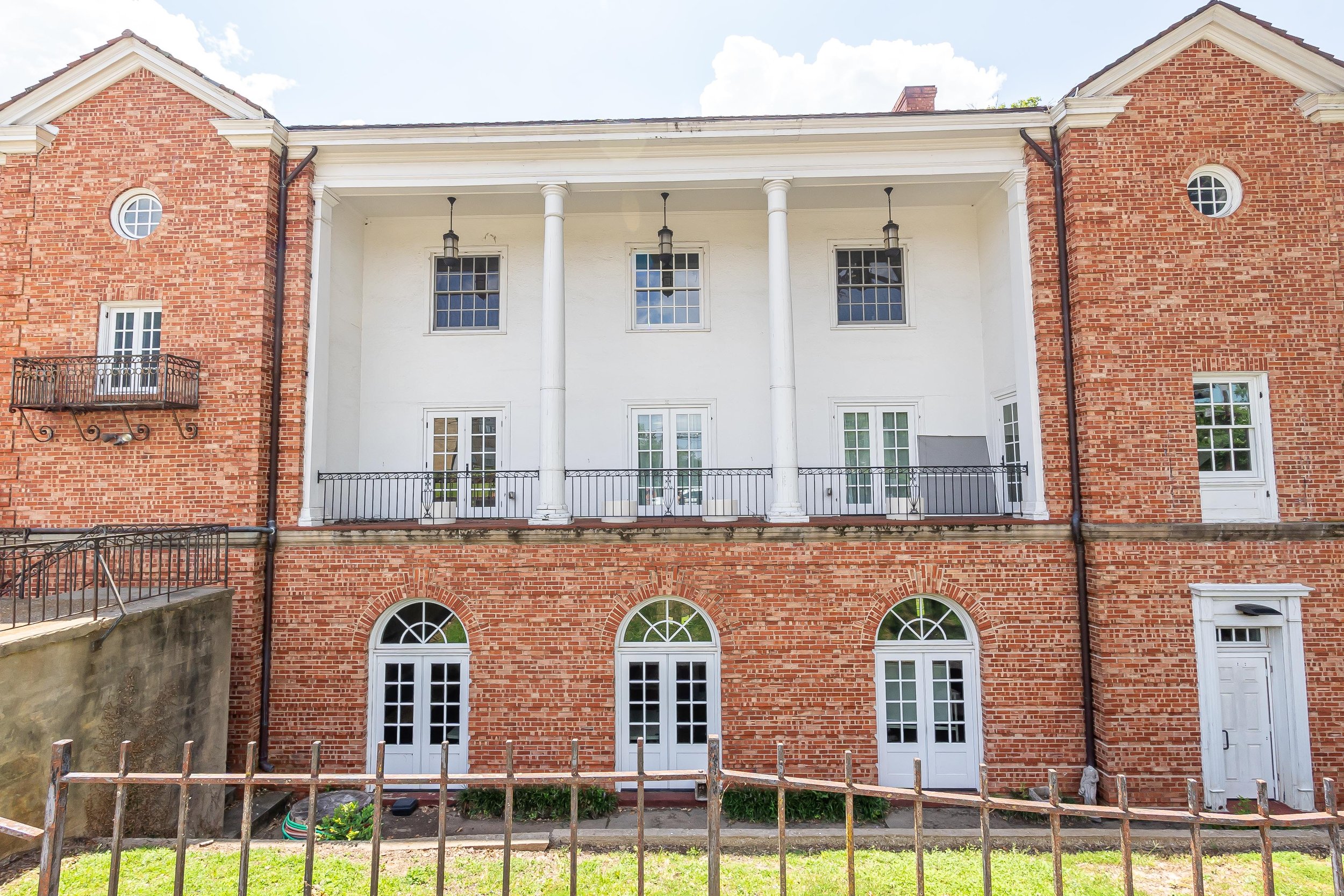
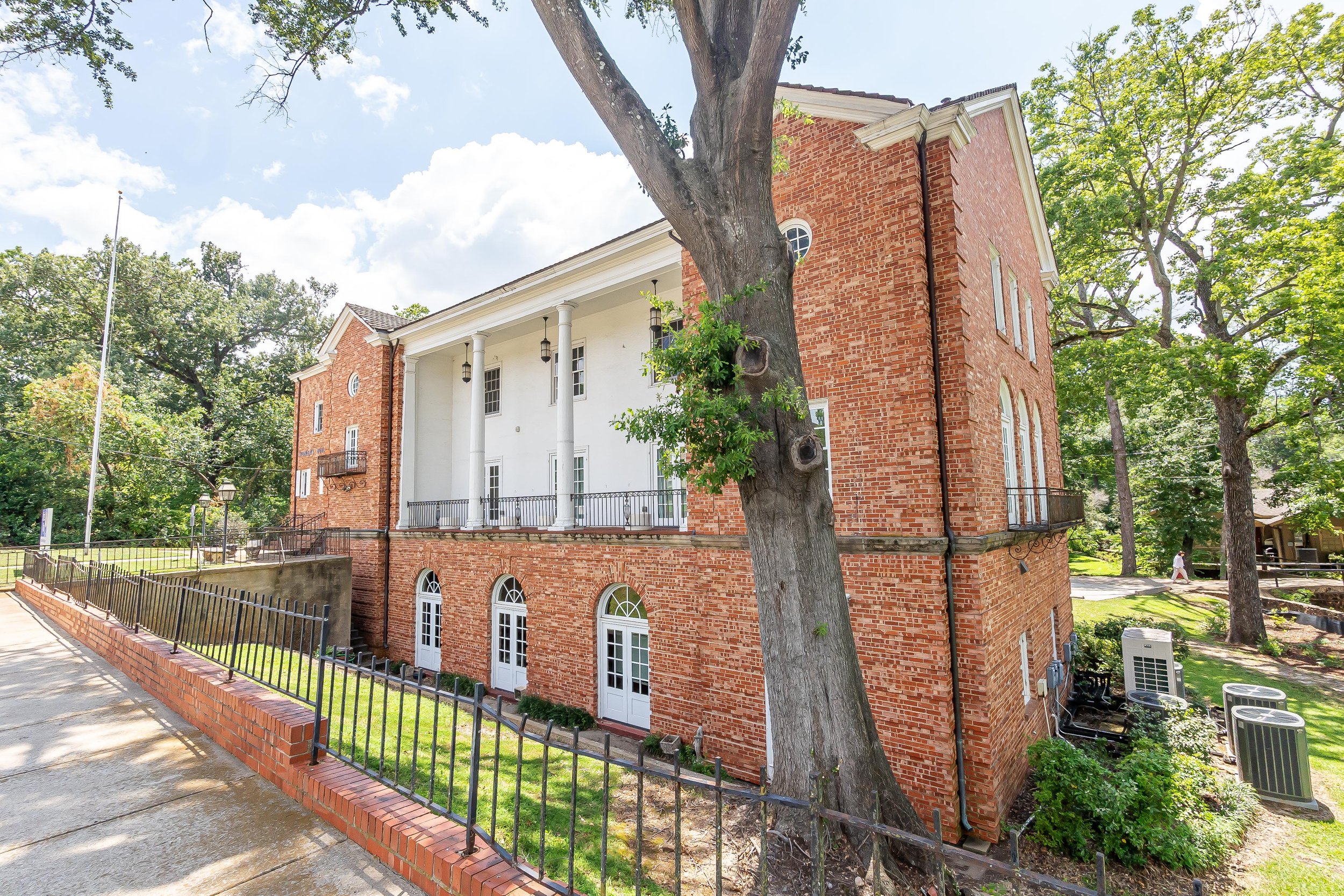
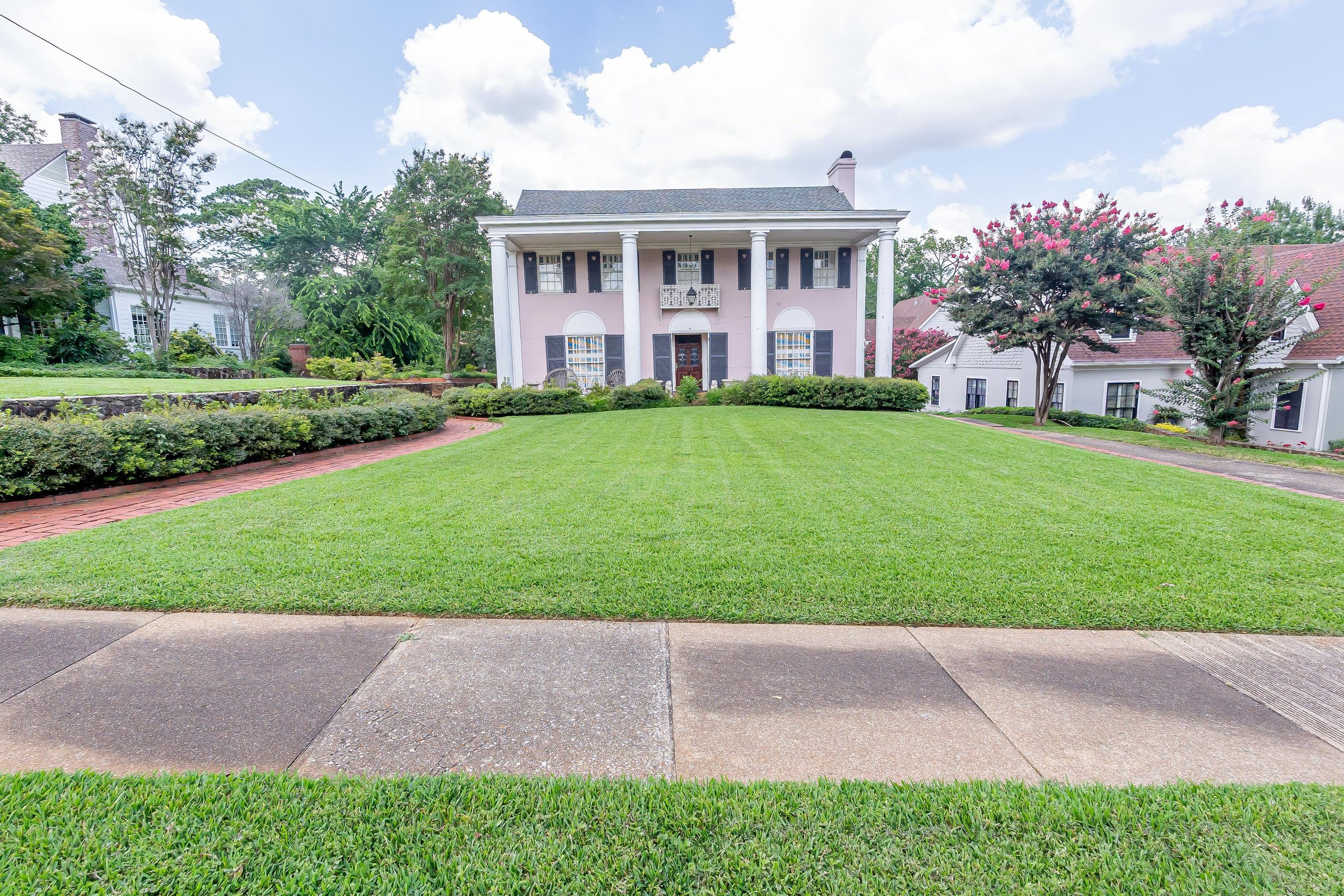
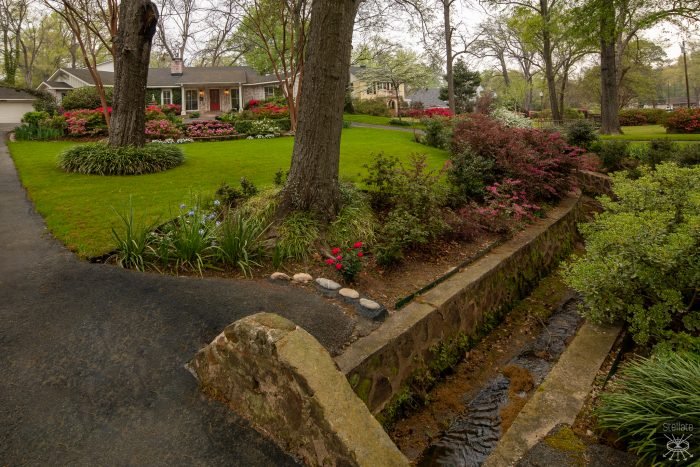
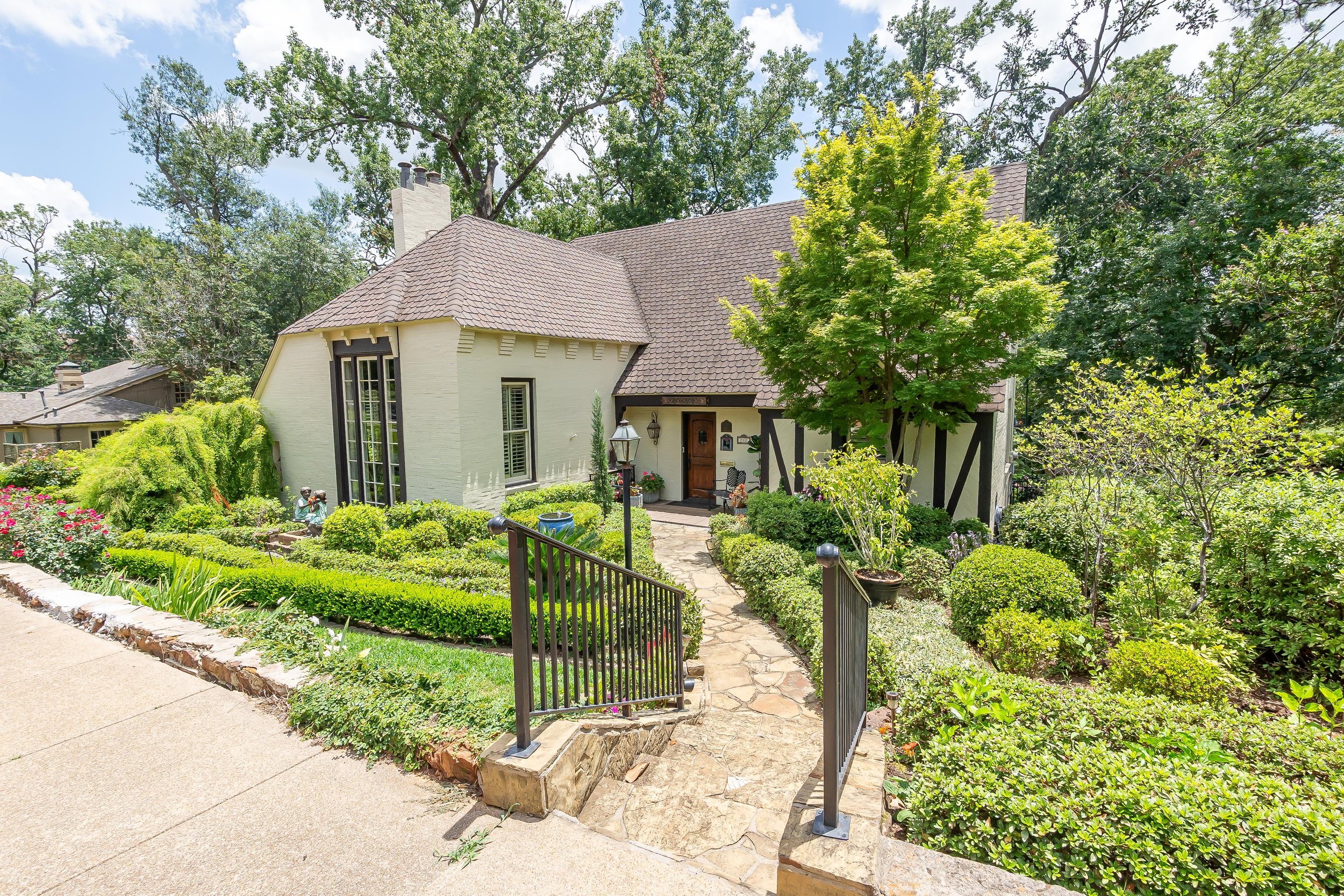

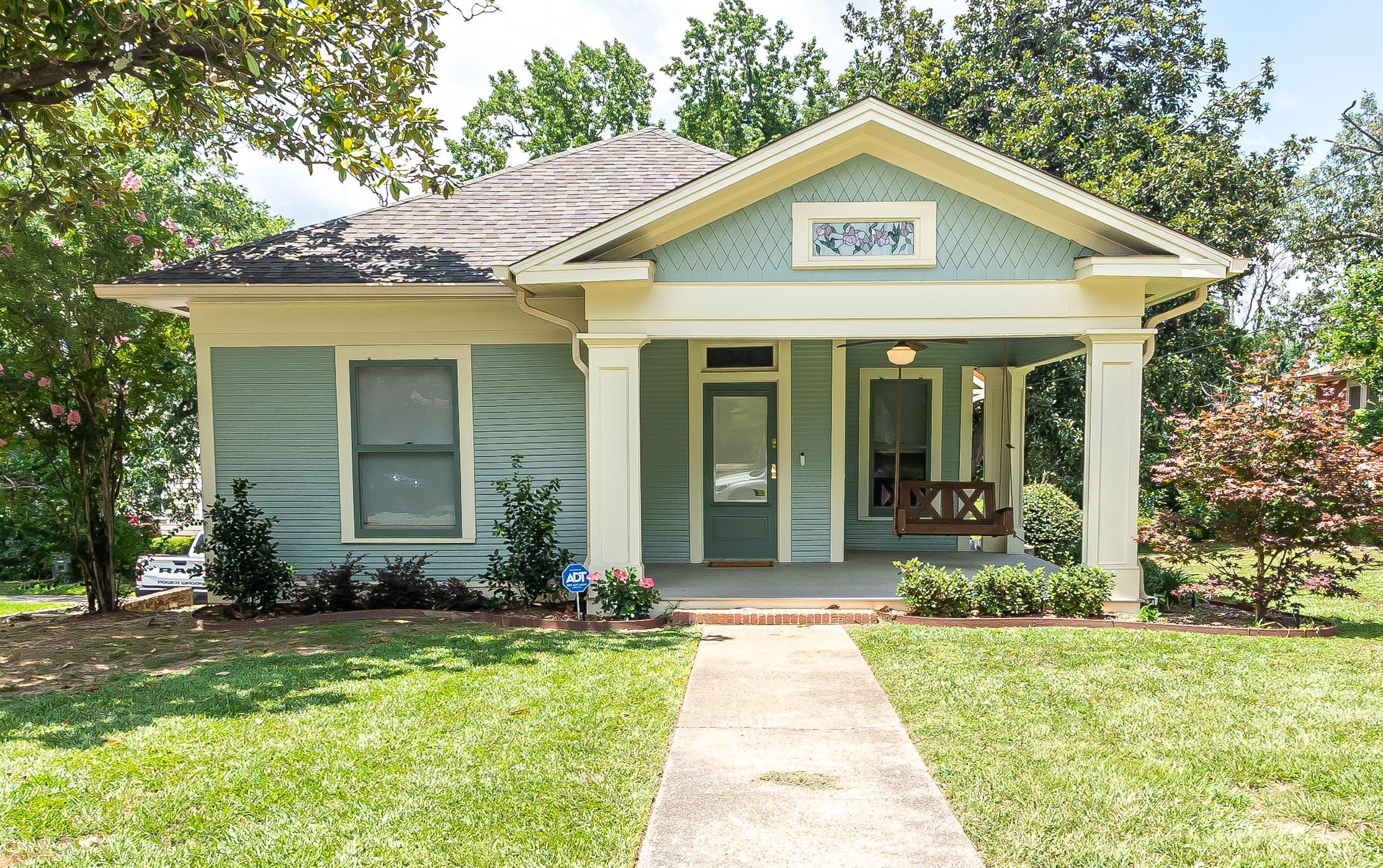
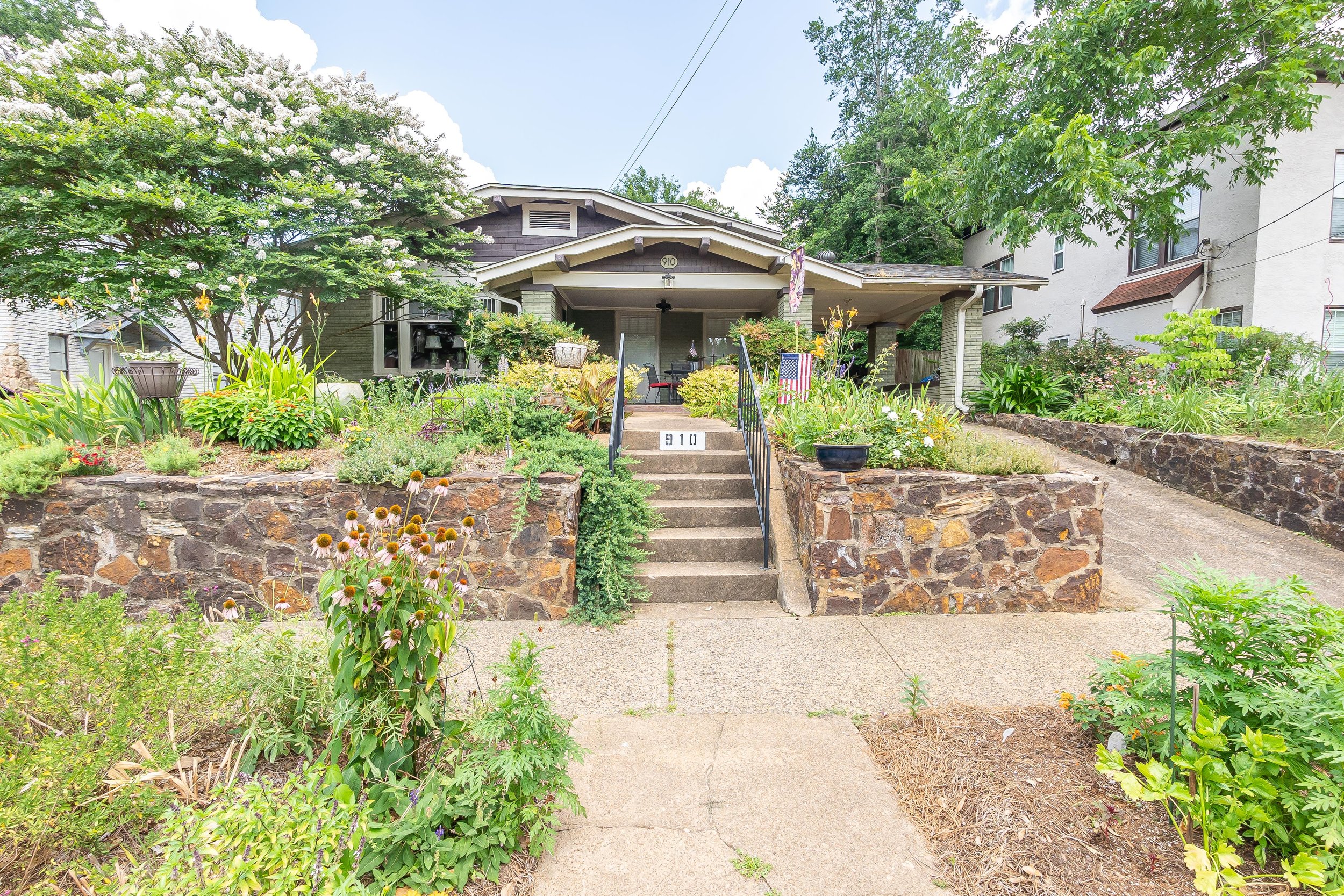
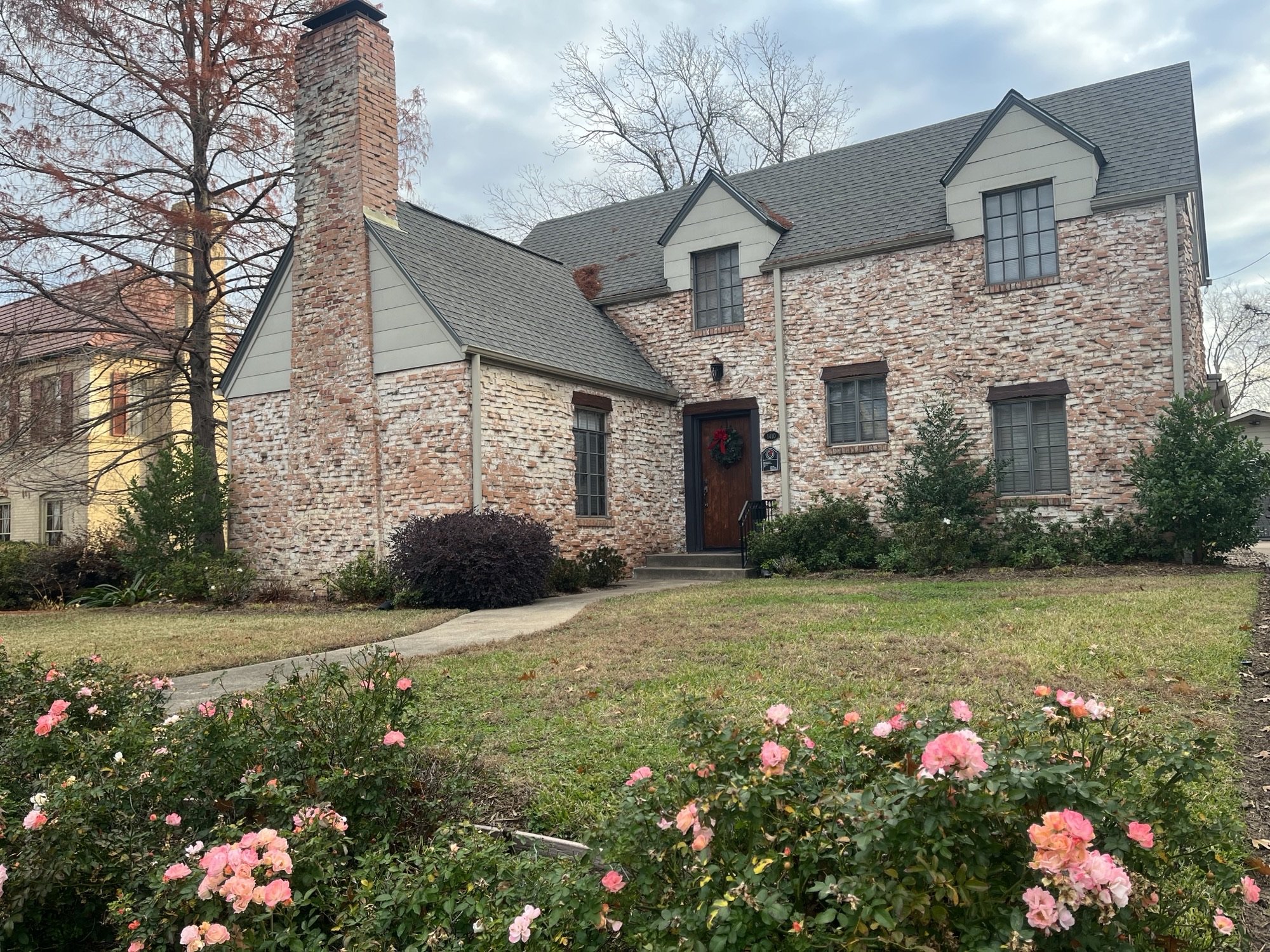
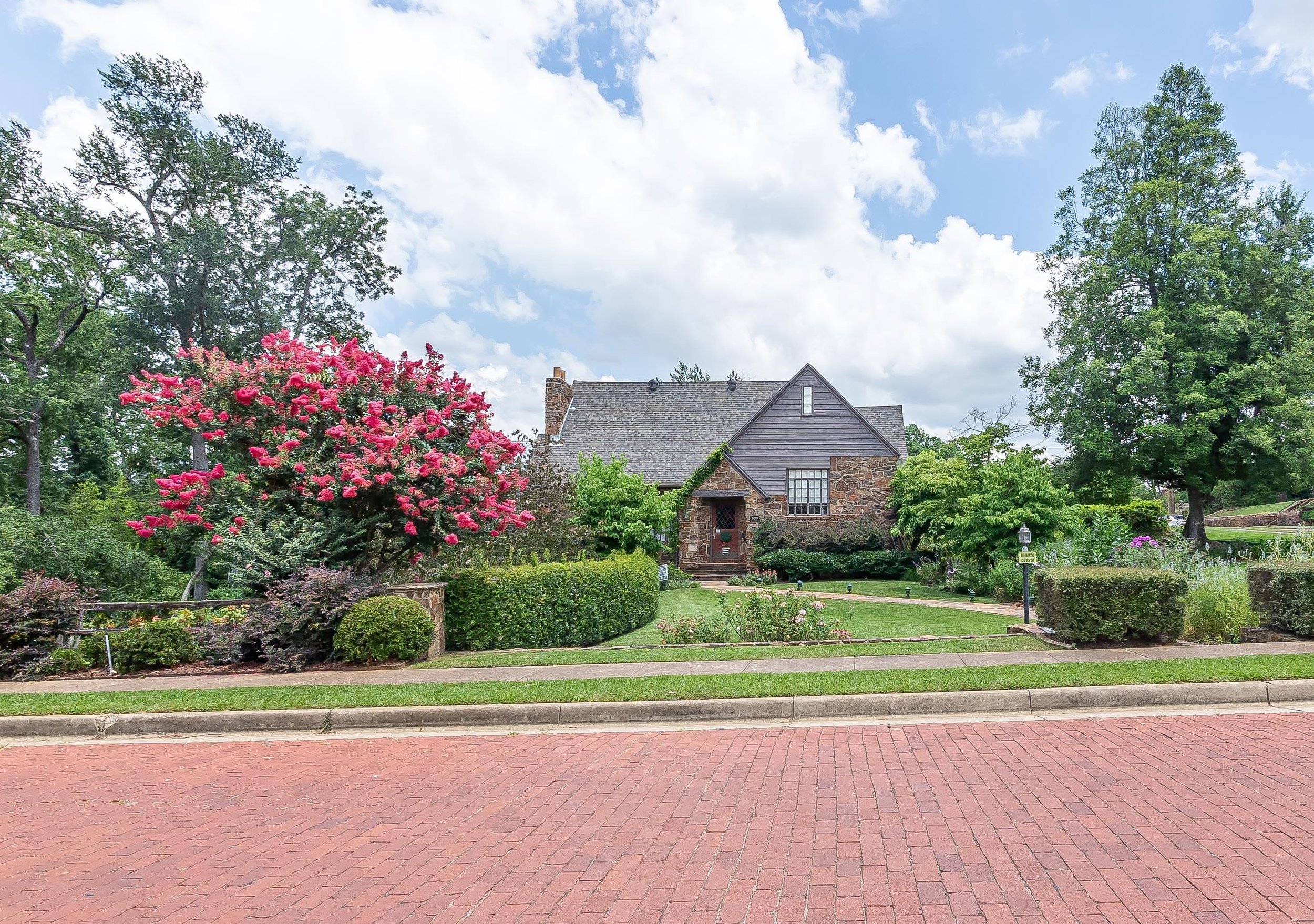
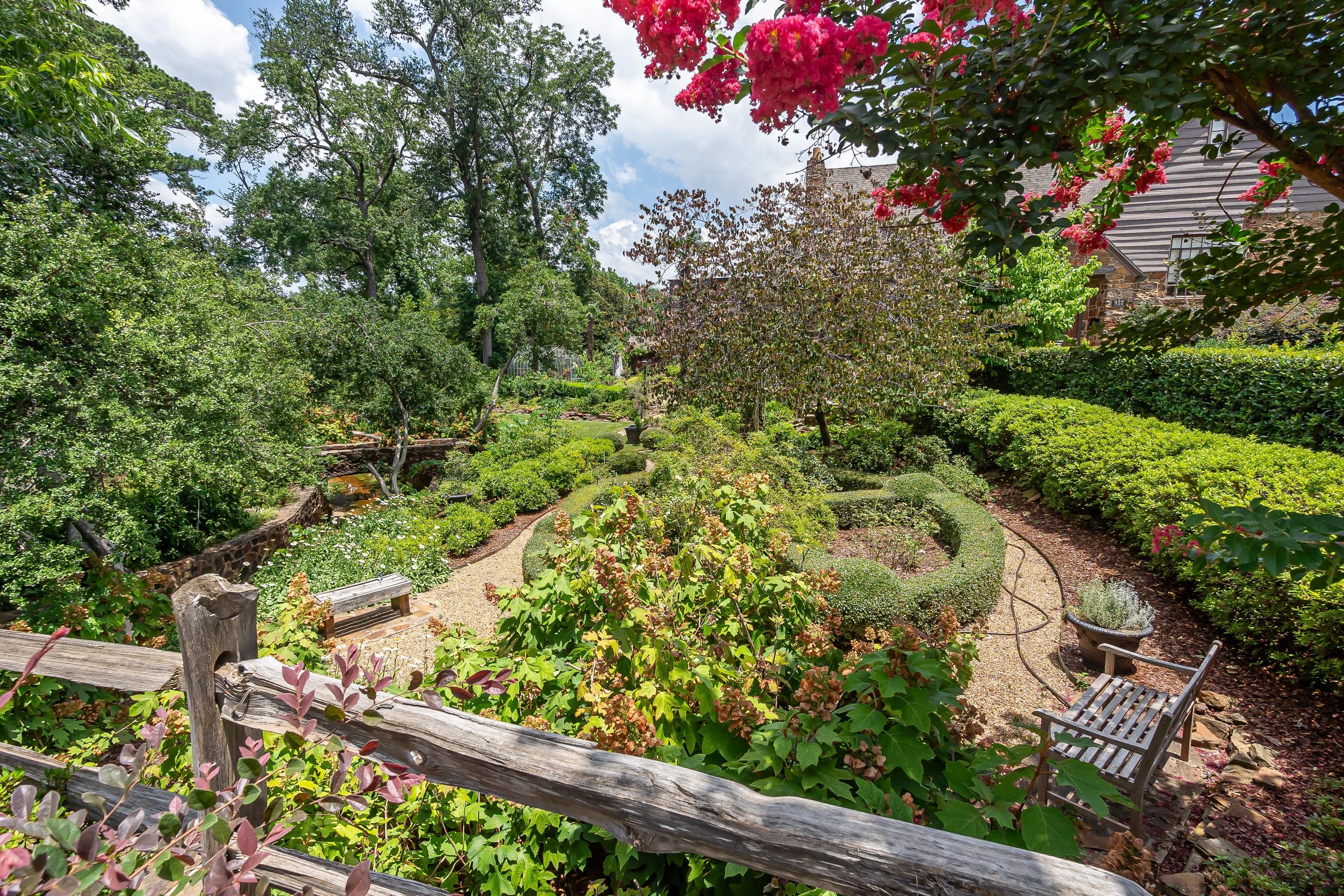

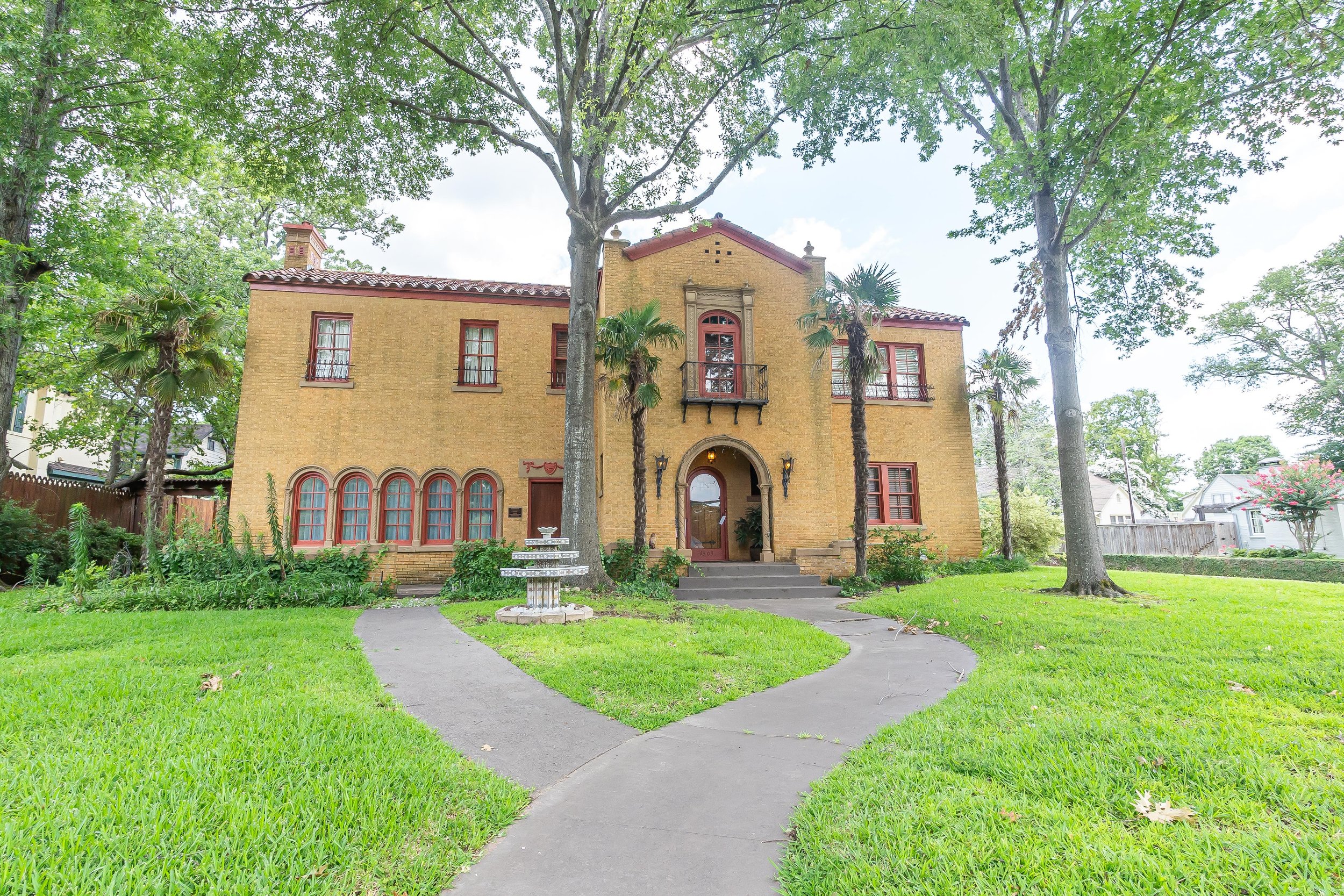
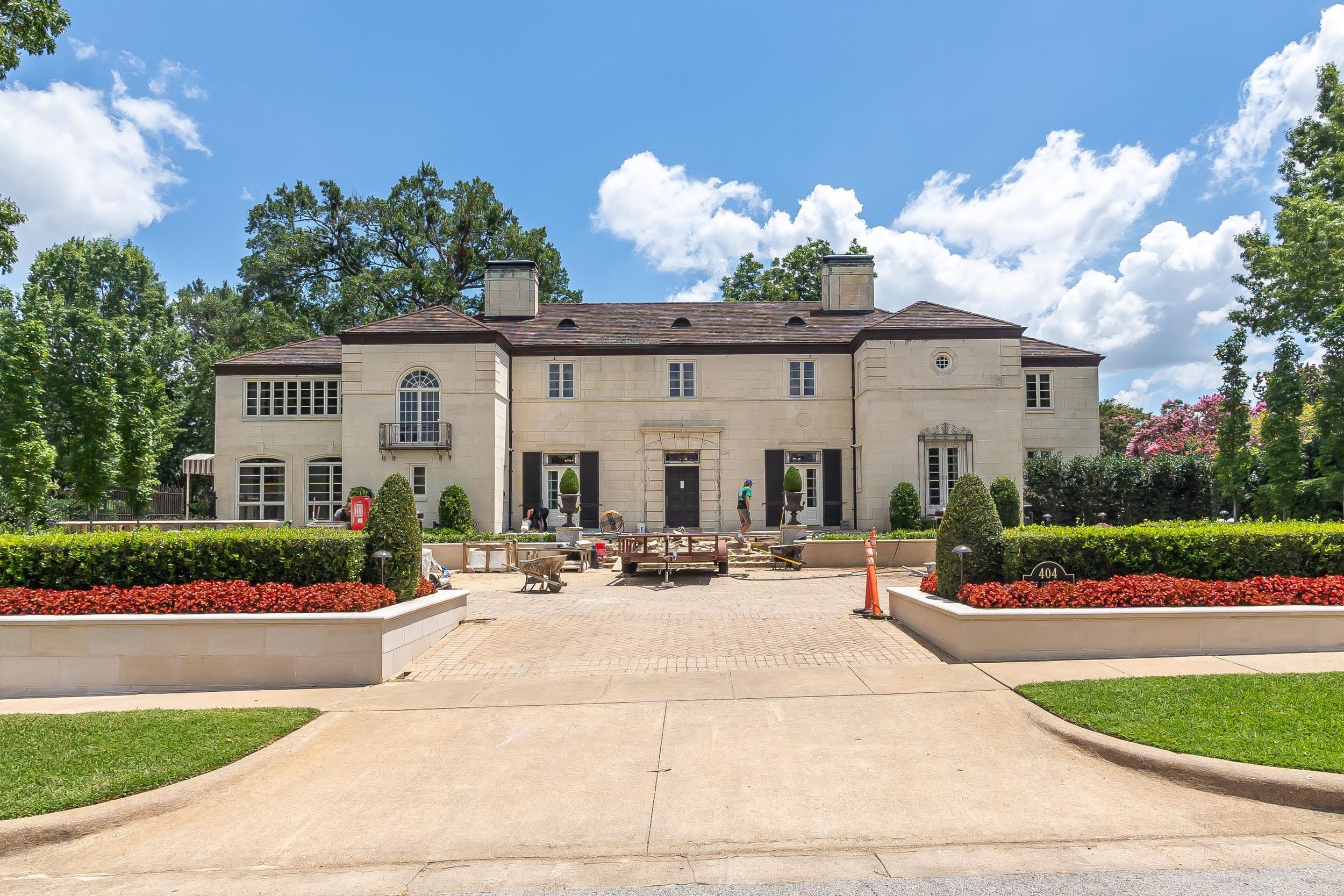
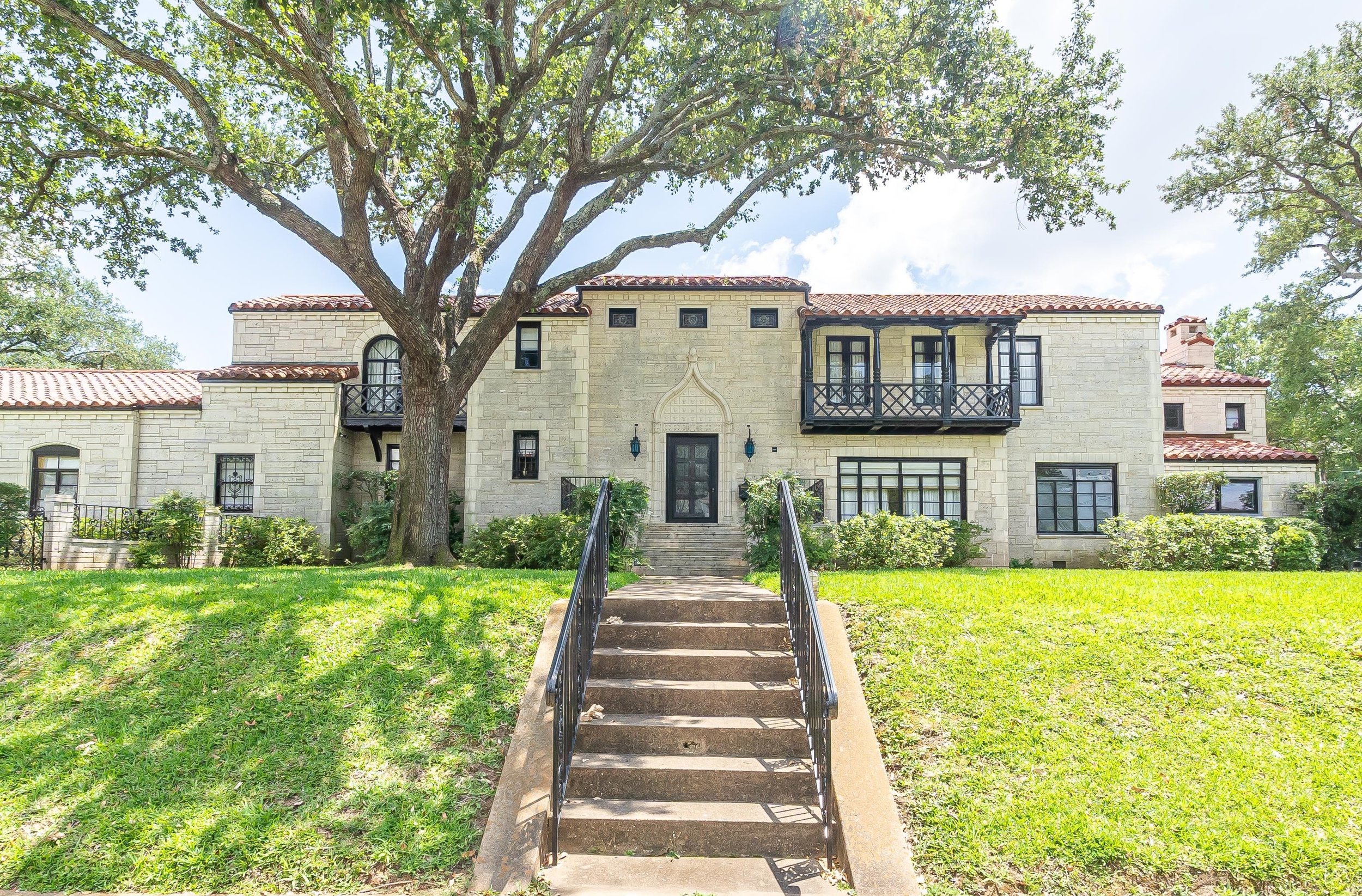
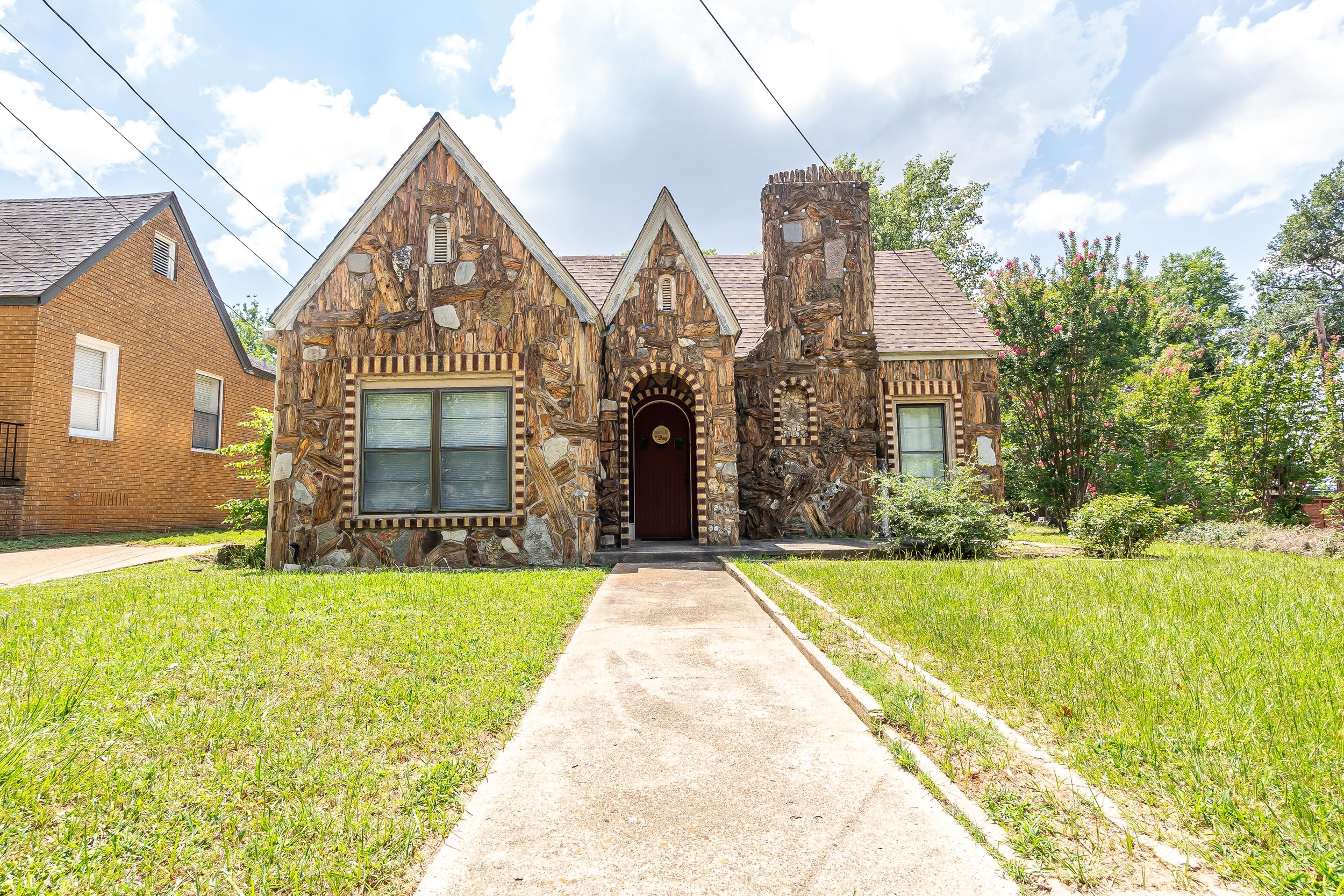
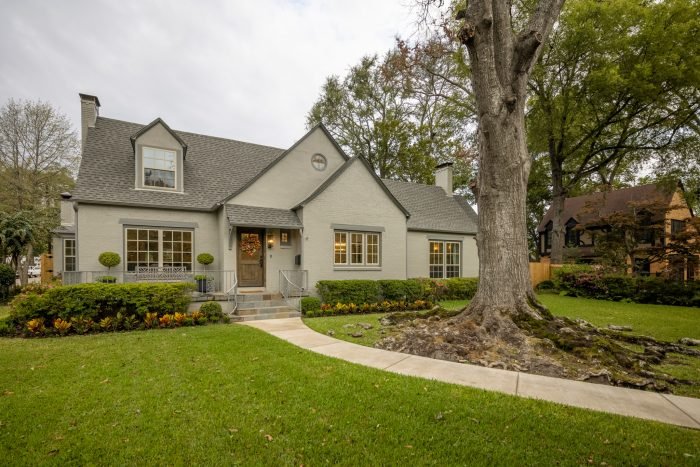
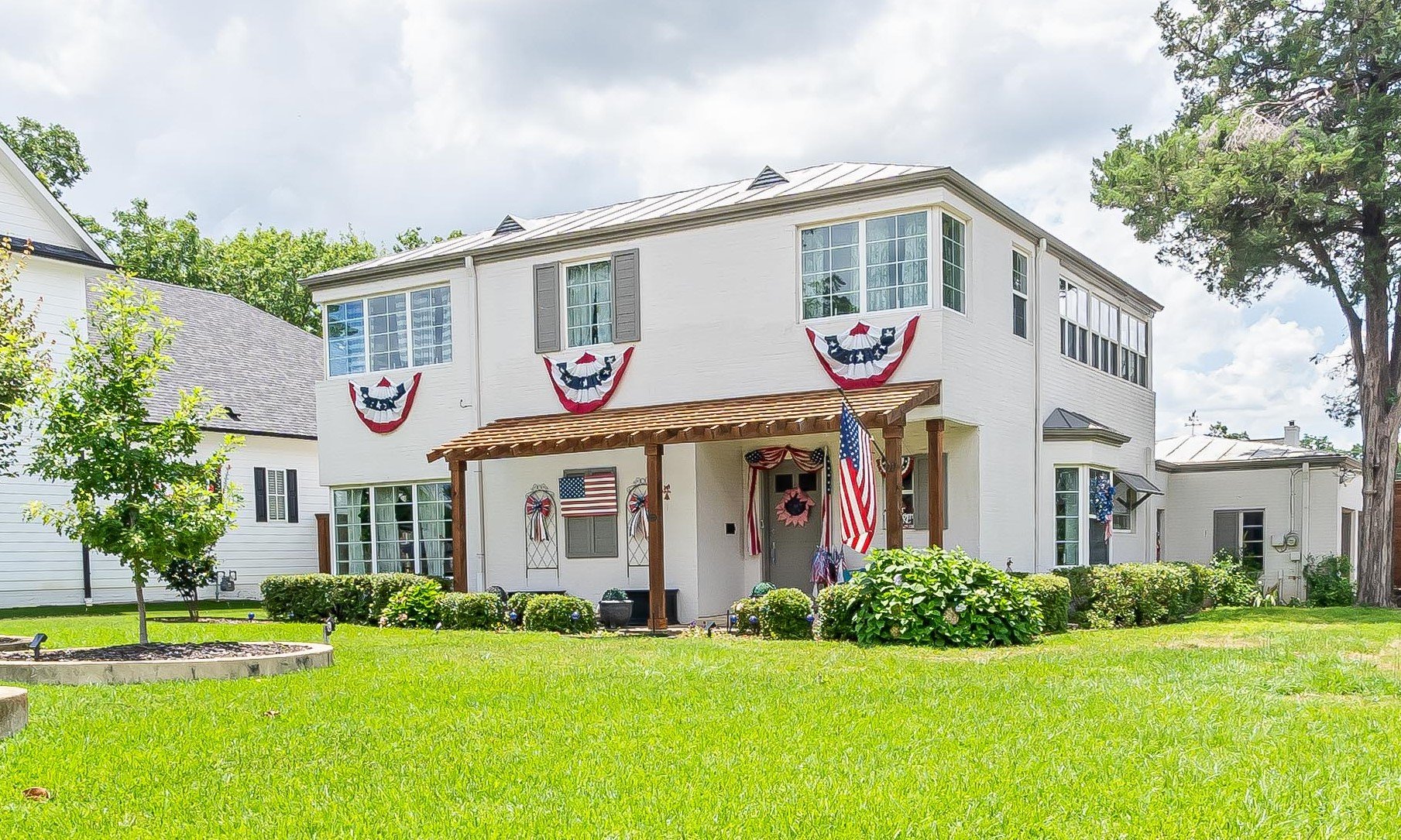
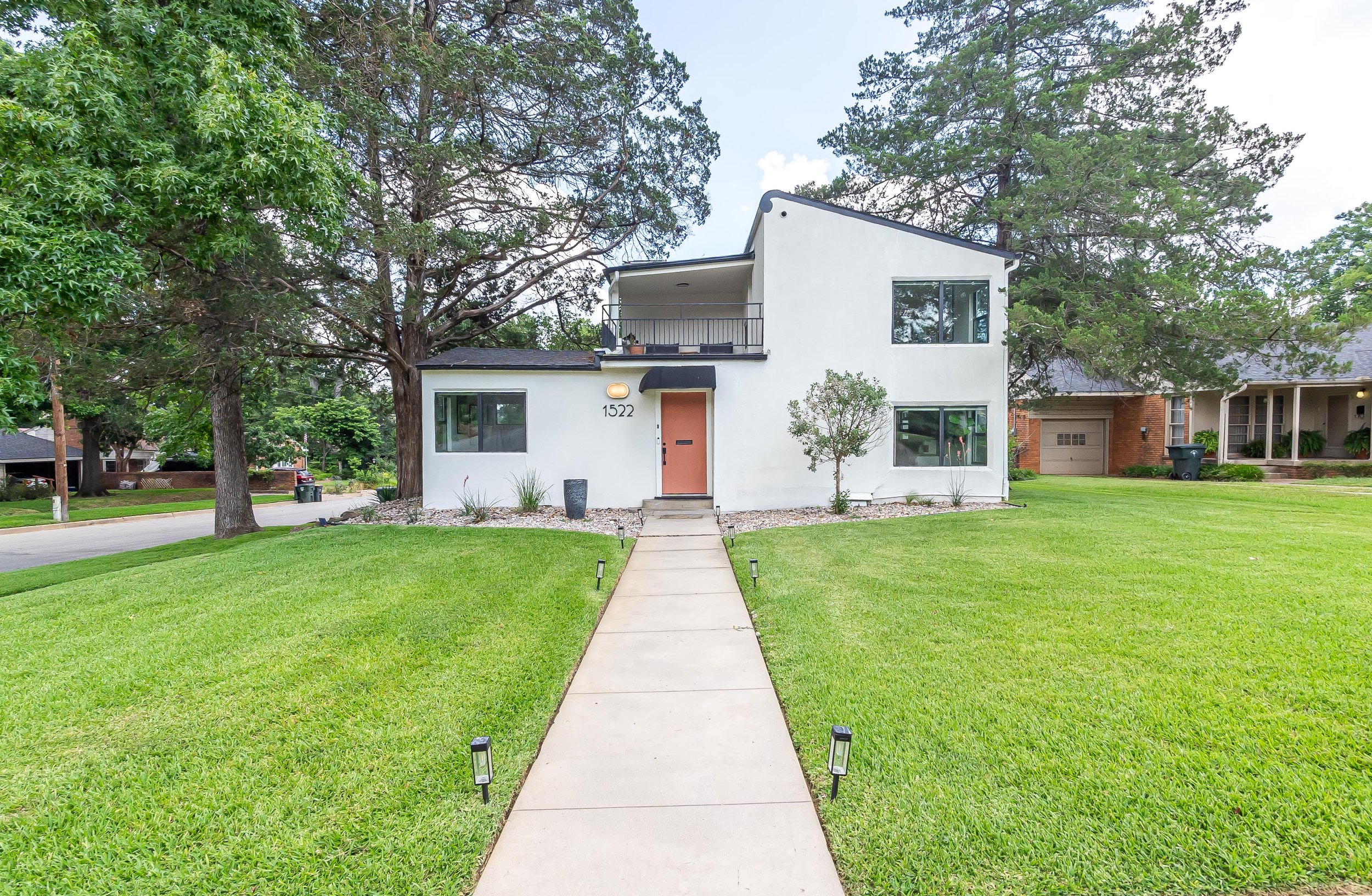
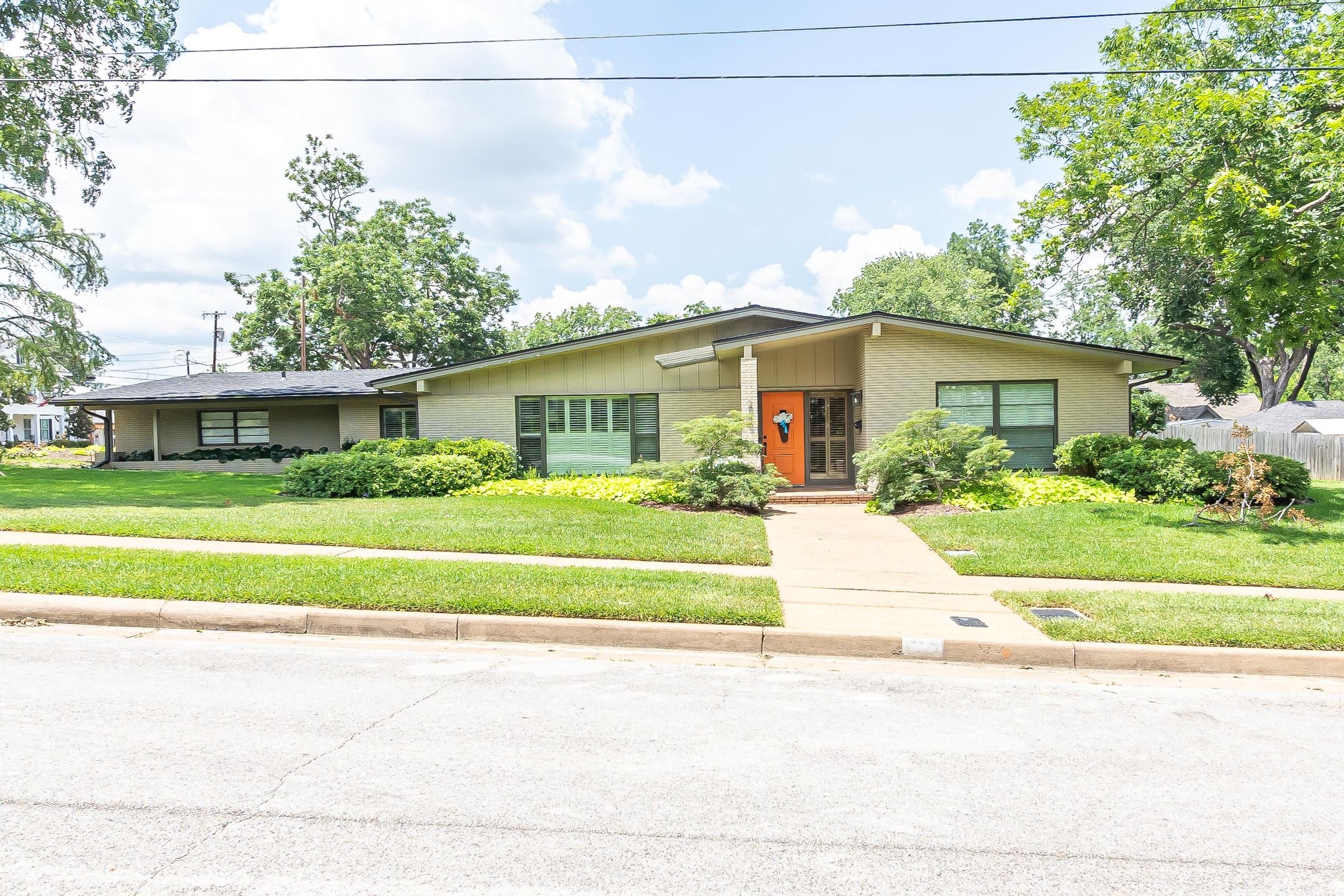
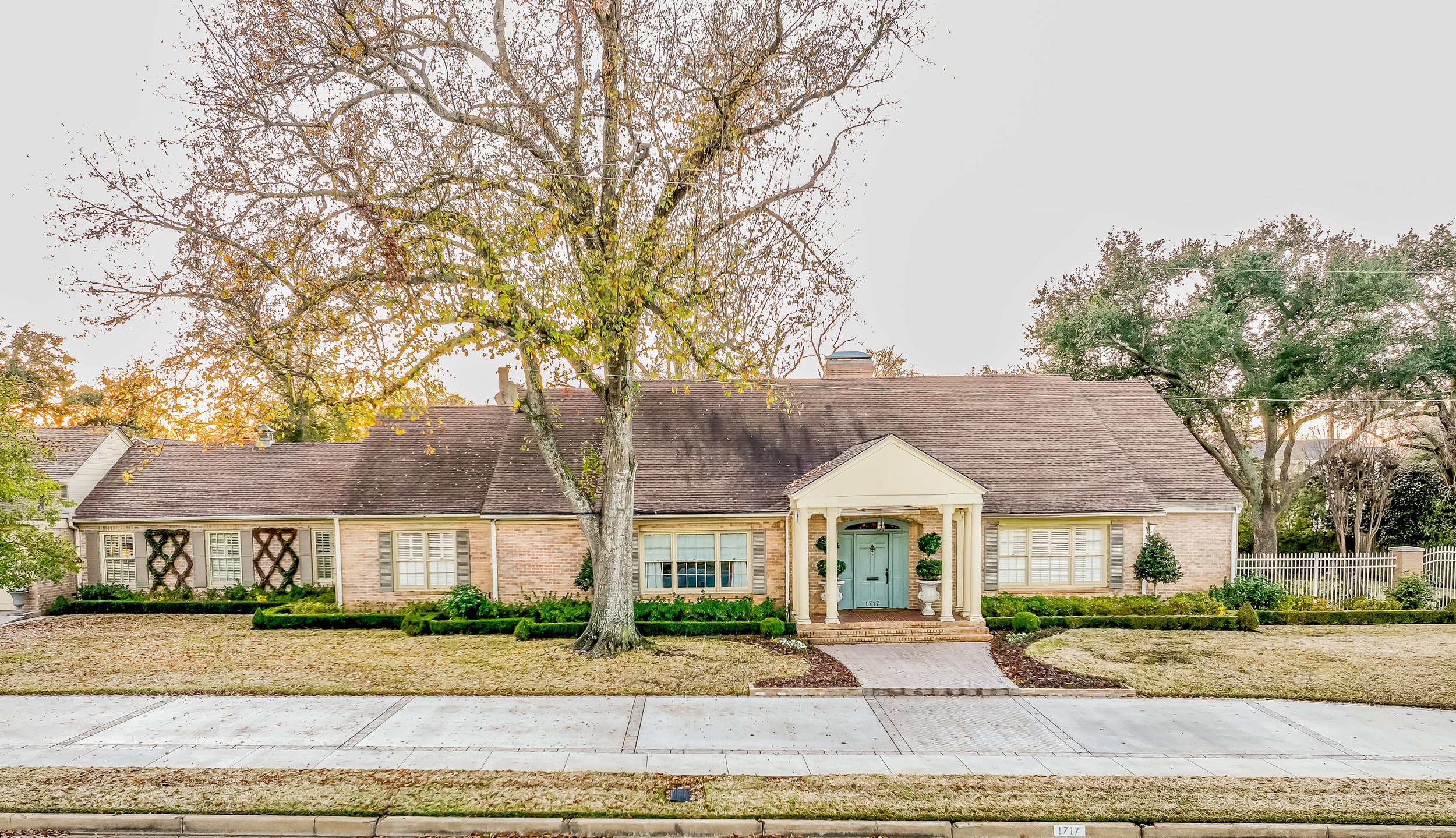
Thanks in part to the annual Azalea Trails that runs through the neighborhood, the Azalea Residential Historic District in Tyler is one of the most familiar historic districts in the city. Although there are many dwellings individually important in the district, it is the neighborhood as a whole that leaves a distinct impression. The district is approximately bounded to the north by Dobbs Street, to the south by Fair Lane, to the west by South Robertson Avenue, and to the northeast by Highland Avenue and southeast by Old Bullard Road.
Page 149 of the National Register nomination showing the boundaries of the Azalea Residential Historic District.
The Azalea District is Tyler’s largest residential concentration of early- to mid- 20th century dwellings. The area showcases a variety of architectural styles, including Queen Anne, Craftsman, Classical Revival, Ranch, Tudor, and International styles.
In addition, the Azalea District represents the tremendous growth and development experienced in Tyler during the 1930s as a result of the discovery of the East Texas Oil Field. Measuring 40 miles long, 8 miles wide, and stretching from north of Longview to south of Henderson just east of Tyler, the oil discovery largely insulated the region from the effects of the Great Depression endured by the rest of America. Many oil companies chose to establish offices in Tyler, and the prosperity and population boom of this decade is largely reflected in the city’s residential architecture.
Map of East Texas Oil Field (1933) by Edwin Ray. Texas General Land Office.
As the district grew, churches, schools, and limited commercial construction were added. City-funded and private development of infrastructure and recreation facilities (such as brick streets, utility systems, and channelization of creeks and public parks) further supported district development. Various landscaping designs and gardens featuring mass azalea plantings, pecans, oaks, and maples visually unify the neighborhood and lend identity and name to the district.
The Azalea Residential Historic District Nomination was designated as a National Register Historic District in June 2003.


